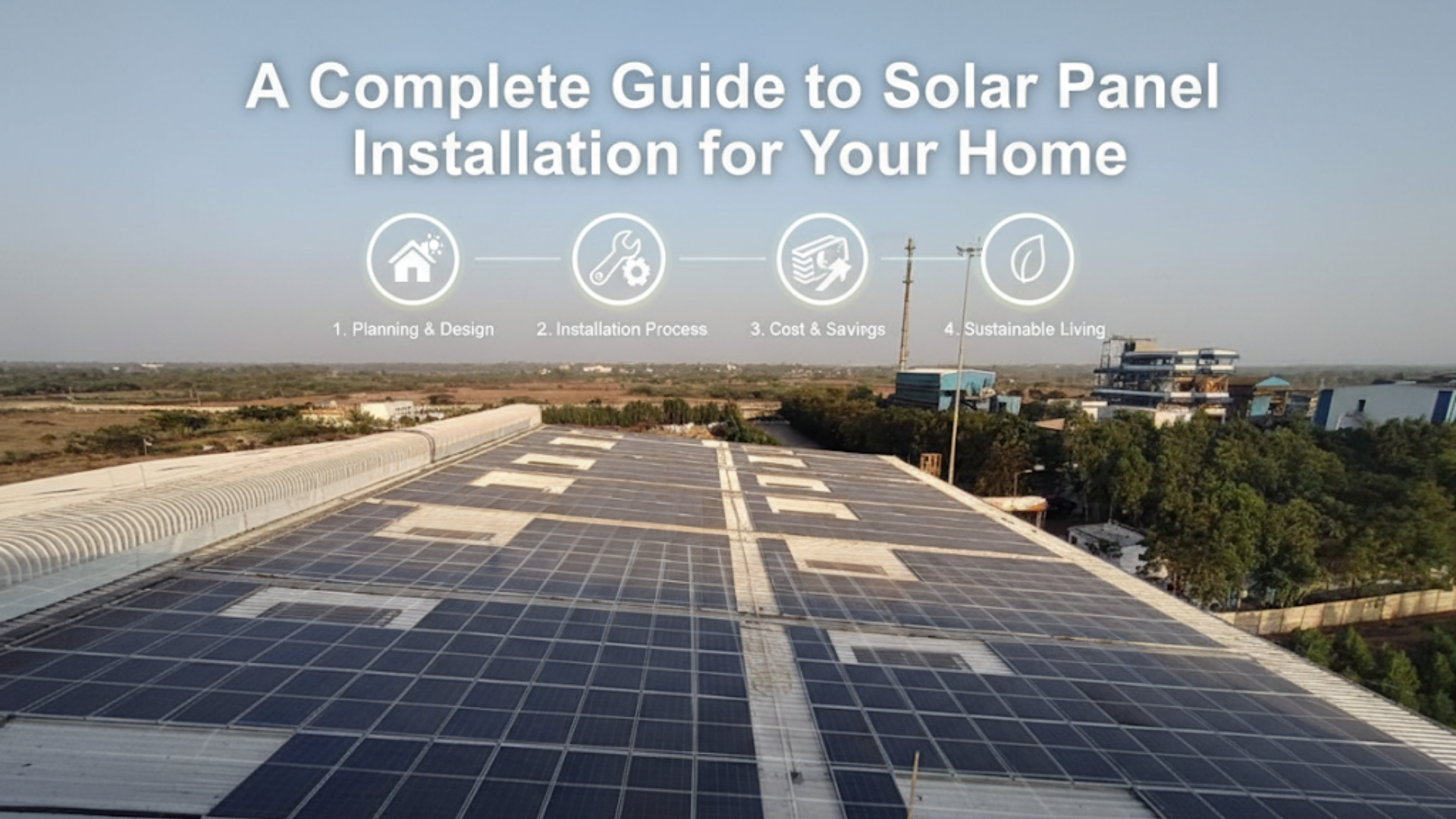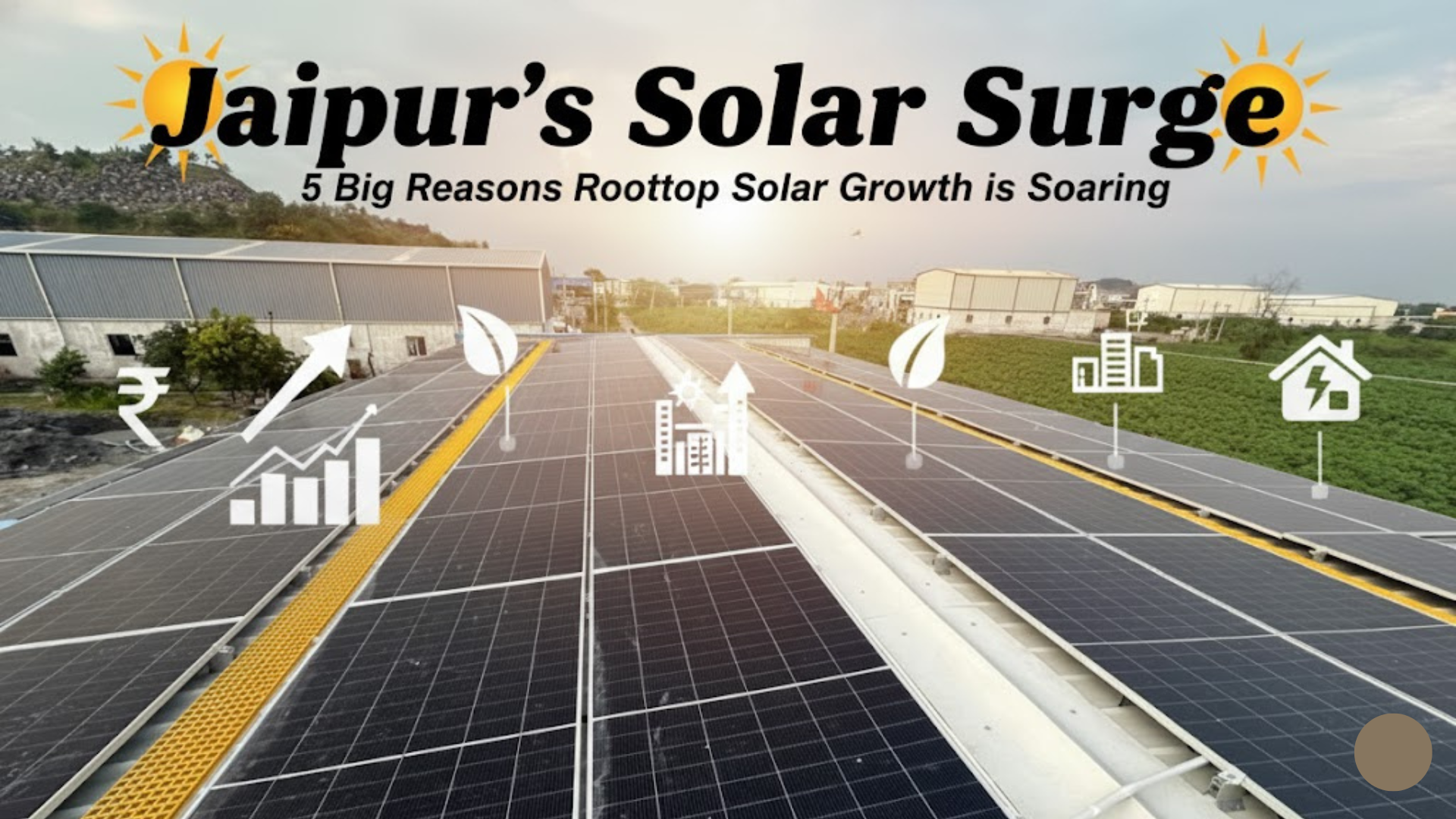In today’s world, rising electricity bills and growing environmental concerns are pushing people to look for better alternatives. Solar energy has emerged as a brilliant solution. If you’re thinking about getting solar power panels installation for your home, this guide is for you. It will help you understand the entire process so you can make an informed and confident decision.
1. Getting Started: Is Your Home Ready for Solar Power Panels Installation?

Installing solar panels is a big investment, so it’s important to prepare properly. First, ask yourself a few key questions:
- Is Your Roof Suitable? Your roof needs to get enough direct sunlight. Ideally, it should have a south-facing slope (or a north-facing slope in southern India) and be free from any shade (like trees or tall buildings) throughout the day.
- How Much Electricity Do You Use? Check your past 6-12 months of electricity bills. This will help you determine the size of the solar system (in kilowatts or kW) you’ll need.
What’s Your Budget? The cost of solar panels depends on several factors, including the system size, the type of panels, and the installation costs.
2. Choosing the Right Solar Power Panels and System for Your Home
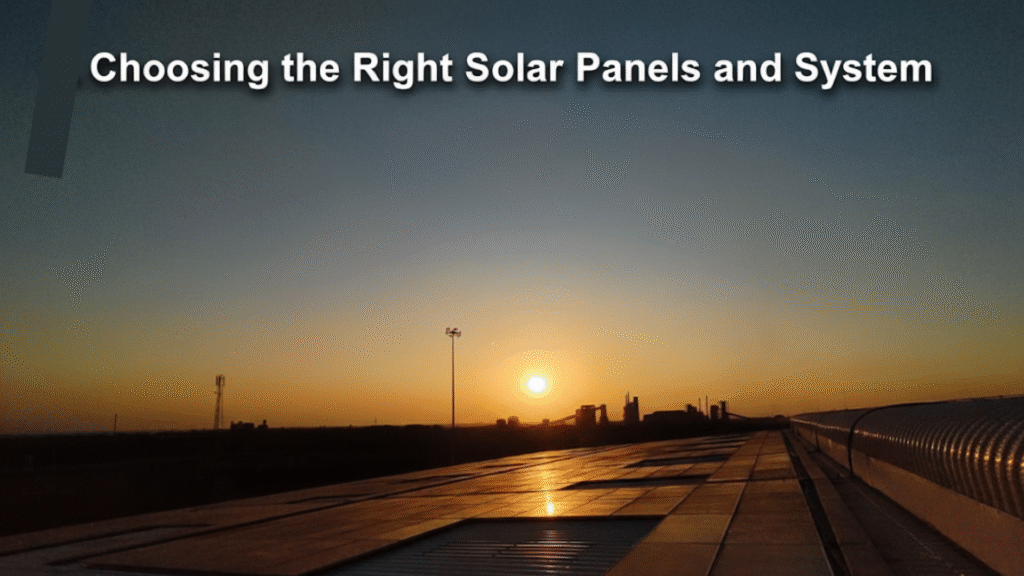
There are several types of solar panels available on the market. It’s important to understand which one is best for you:
- Monocrystalline Panels: These are the most efficient and take up less space. While they are slightly more expensive, their performance is excellent.
- Polycrystalline Panels: These are less efficient and cheaper than monocrystalline panels. If you have a lot of roof space, they can be a good, cost-effective option.
Besides the panel type, you also need to decide on the type of system you want:
- On-Grid System: This system is connected to the public electricity grid. It allows you to sell any excess power you generate back to the grid. This is the most popular choice for homes.
- Off-Grid System: This system is not connected to the grid. It uses batteries to store electricity. It’s a better option for remote locations with frequent power cuts.
3. Choosing a Solar Installer: This Is Key
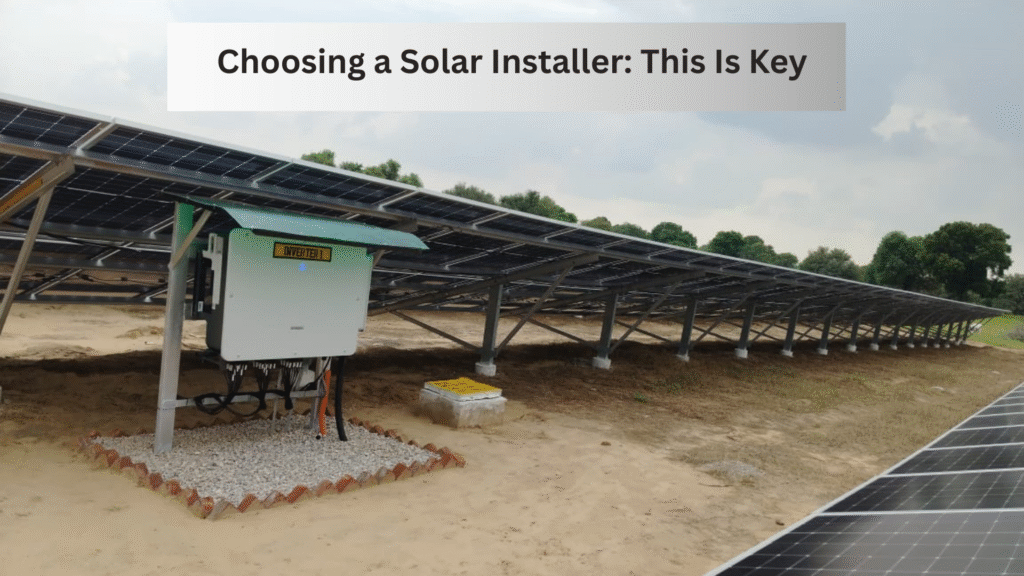
Choosing the right solar power panels installation company is the most critical step to your success. A good company will ensure your system works correctly and lasts for a long time.
What to look for in a good installer:
- Experience and Reputation: The company should have solid experience in solar installation and a good reputation in the market. Be sure to check customer reviews.
- Certifications: Verify that the company has all the necessary licenses and certifications.
- Warranty and Service: Get clear information on the warranty offered on the panels, inverter, and the installation itself. Also, find out what kind of after-sales service they provide.
- Knowledge of Government Schemes: A good company can give you accurate information about government subsidies and schemes, helping you save money.
4. The Installation Process: What to Expect

Once you’ve chosen an installer, the installation process begins. It typically involves these steps:
- Site Survey: The company’s team will assess your roof’s condition, electricity needs, and technical requirements.
- Design and Permits: The team will create a custom system design and then apply for all the necessary permits.
- Mounting the Panels: This is the step where the panels are securely mounted on your roof, with all safety measures taken into consideration.
- Wiring and Connection: The panels are wired to the inverter, and the entire system is then connected to your home’s electrical line and meter.
- System Testing: After installation, the entire system is tested to ensure everything is working perfectly.
5. Cost and ROI (Return on Investment)
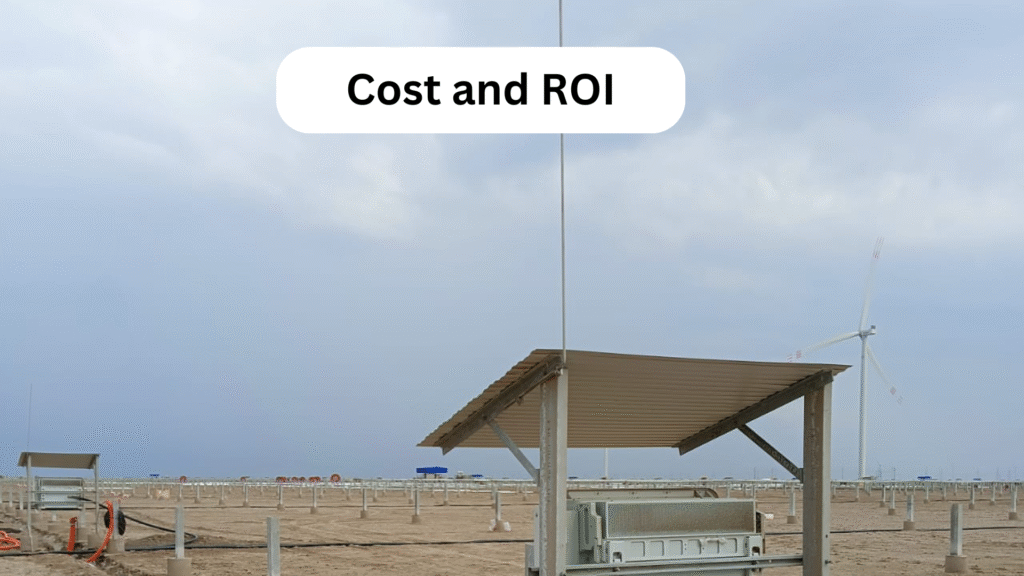
The total cost of solar power panels installation depends on your system’s size. However, this one-time investment has several long-term benefits:
- Savings on Electricity Bills: Solar panels can reduce your electricity bills by 50% to 100%.
- Government Subsidies: Government schemes can offer subsidies on the installation cost, reducing your overall expense.
- Sellable Power: With an on-grid system, you can earn money by selling excess electricity back to the grid.
- Environmental Benefits: You also help reduce your carbon footprint, contributing to a cleaner planet.
Summary of Panel and System Types
| Type | Pros | Cons |
| Monocrystalline Panel | High efficiency, less space needed | More expensive |
| Polycrystalline Panel | Cost-effective option | Lower efficiency |
| On-Grid System | Can sell excess power back to grid | Dependent on grid availability |
| Off-Grid System | Power during outages | Requires expensive batteries |
Conclusion
Getting solar power panels installation for your home is a smart and sustainable decision. It not only cuts down your monthly expenses but also makes you part of a clean and green future. With the right information, a good plan, and a reliable installer, you can make this process easy and profitable.
Ready to light up your home with solar energy?
